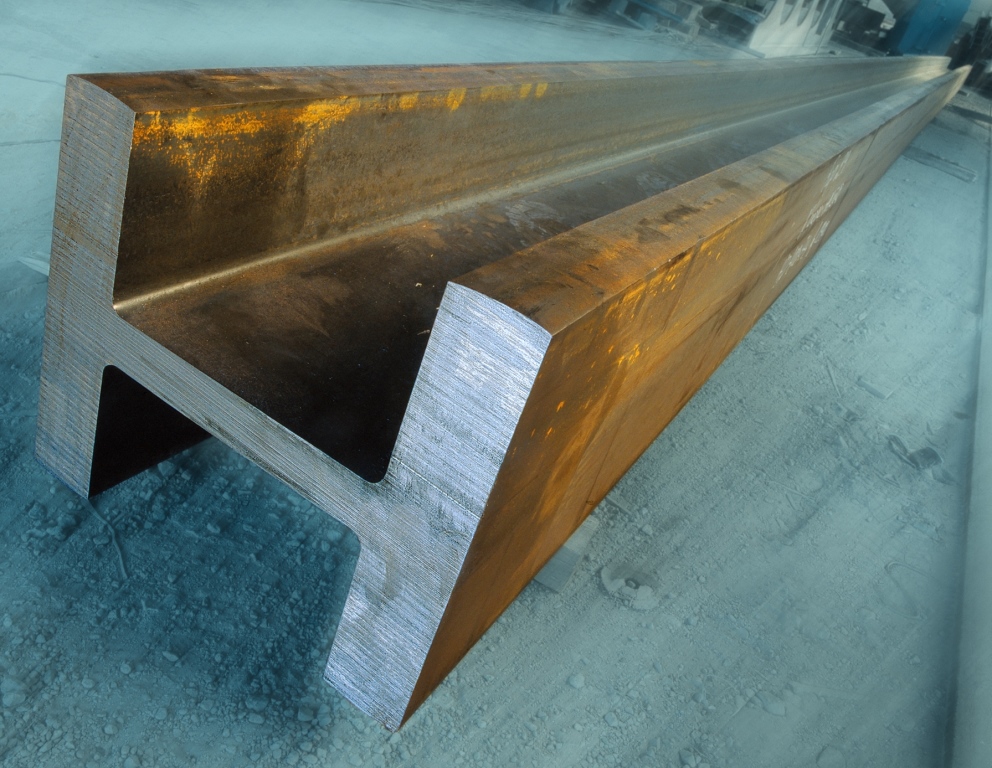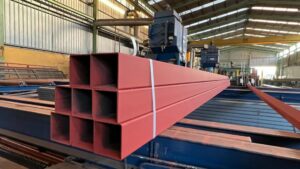Steel hollow sections trading was strong in some parts of Southern Europe but slow in Northern Europe in the week to Wednesday September 14, with traders awaiting European Union plans to combat the energy crisis, sources told Fastmarkets.
Fastmarkets’ weekly price assessment for steel sections (medium) domestic, delivered Southern Europe was unchanged at €1,050-1,200 ($1,049-1,199) per tonne on Wednesday.
On Wednesday, the European Union’s executive arm proposed emergency measures to mitigate soaring energy costs, mainly driven by Russia’s decision to cut off gas supplies via the Nord Stream 1 pipeline and in preparation for further disruptions this winter.
The EU has accused Russia of using energy supplies as a political weapon in response to international sanctions imposed after Russia’s unprovoked invasion of Ukraine in February.
The EU’s emergency proposals include capping renewable, nuclear and coal-fired energy firm revenues at €180 per Megawatt hour (MWh), a windfall levy on fossil fuel energy companies and a mandatory target to cut gross electricity consumption in member states during selected peak hours.
An emergency summit will be held on September 30, when member countries will be given the opportunity to sign off on the EU proposals.
Prior to the EU announcement, a producer source from Southern Europe told Fastmarkets that steel mills were very much dependent on the decisions of politicians.
Despite some competitors reducing production because of rising energy costs, the producer source said its mill was still running at full capacity due to bookings made before the summer holidays, with buyers needing to rebuild their inventories.
“What will happen in one or two months is difficult to say and depends on the decision from the EU,” the producer source said.
“If the EU can find a solution or some way to reduce and keep energy costs under control, there will be a rebound in demand [that will] bring it back to usual levels or even higher,” the source added.
Other market participants said the levels of trading activity for steel sections varied across Europe, with some countries such as Italy seeing more trade taking place since the end of the summer holidays.
But some traders said that business had slowed this week, following pushes for price increases by mills in the week to September 9, with only limited inquiries in central Europe so far this week, with the market participants now awaiting the outcome of the EU proposals.
Fastmarkets’ weekly price assessment for steel sections (medium) domestic, delivered Northern Europe was €1,050-1,200 per tonne on Wednesday, stable week on week.
Market participants also shared concerns about future consumption for the rest of 2022 and into next year.
“If prices go sky-high in the sections market, [trading] will stop because there is a limit to what our customers will pay,” a trader source in Northern Europe told Fastmarkets.
“But for the moment we don’t know very much about prices – we have [just] been told they will increase. A few months ago the price was about €250 higher than it is now and we sold at that level,” the source added.
Prices for sections and other steel products rose to €1,700-1,780 following the onset of the war in Ukraine and through March, but then fell considerably in April, May and June.
The Northern European trader source said consumption could become a key issue due to high energy costs, rising inflation and high interest rates.
“Ongoing construction projects [will be less affected], of course, because they have to finalize projects; the problems [will arise] with new projects,” the trader source said.
“If prices get too high, there will be no new projects or they will be put on hold, and that is what we are a bit worried about now. If the prices are potentially going up again, I think the projects will be put on hold due to the [rising] costs,” the trader source added.
A European distributor source told Fastmarkets that Europe was rapidly heading for a recession, but that the current economic situation differs from the financial crisis of 2008 because, at that time, there was still production going on.
“[In 2008, steel mills] made production cuts but costs at that time were stable,” the distributor source said.
“Now, the cost level has increased massively, [so the mills] will also bring down their production and that is something we have never seen before,” the source added.
Prices for hot-rolled coil feedstock fell in the week to September 14.
Fastmarkets’ calculation of its daily steel hot-rolled coil index domestic, exw Northern Europe was €763.33 per tonne on Wednesday, down by €6.67 per tonne from €770 per tonne a week earlier.
Published by: Holly Chant






